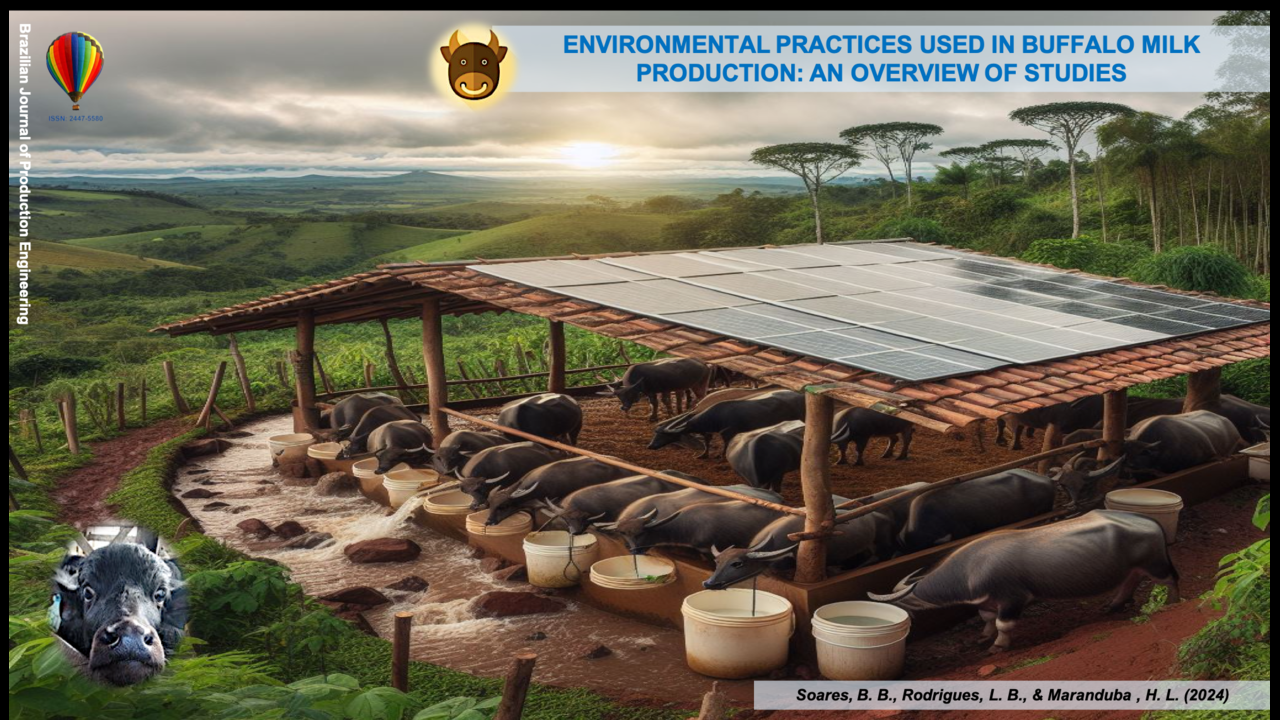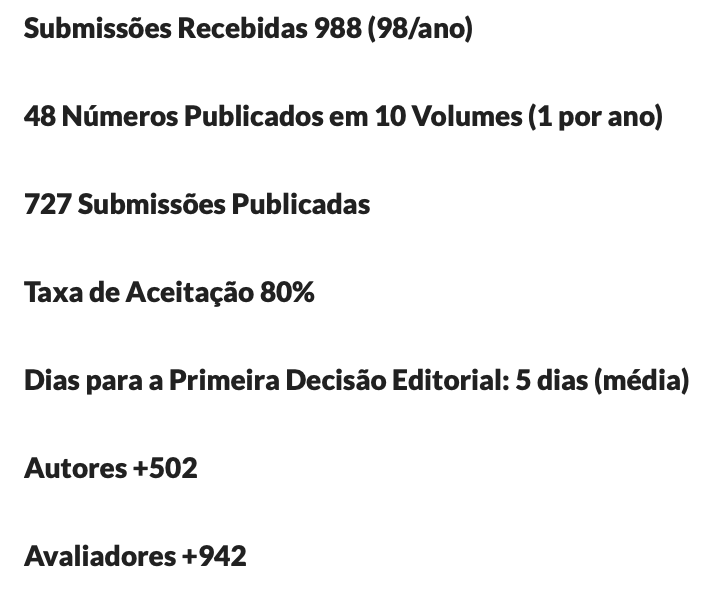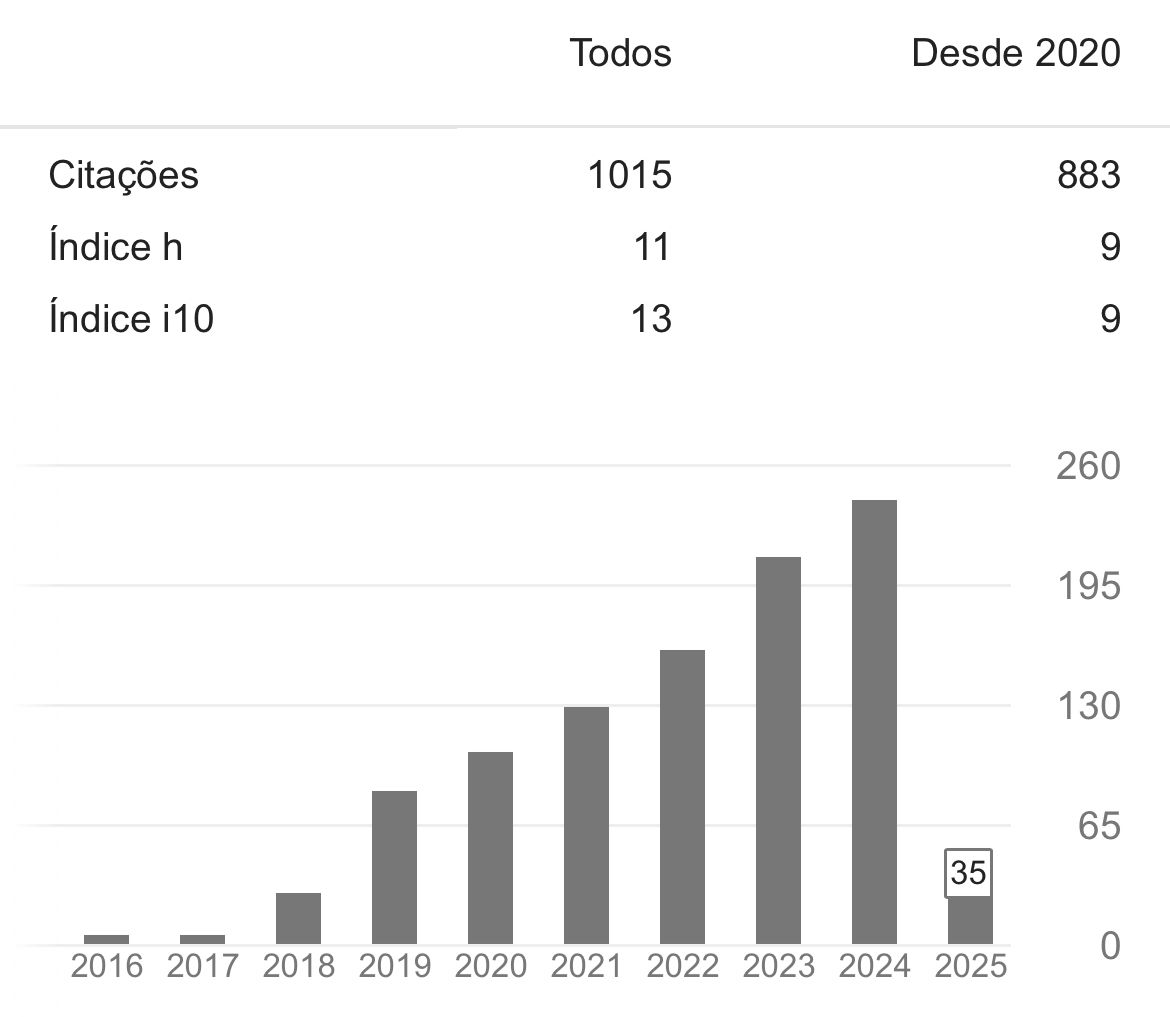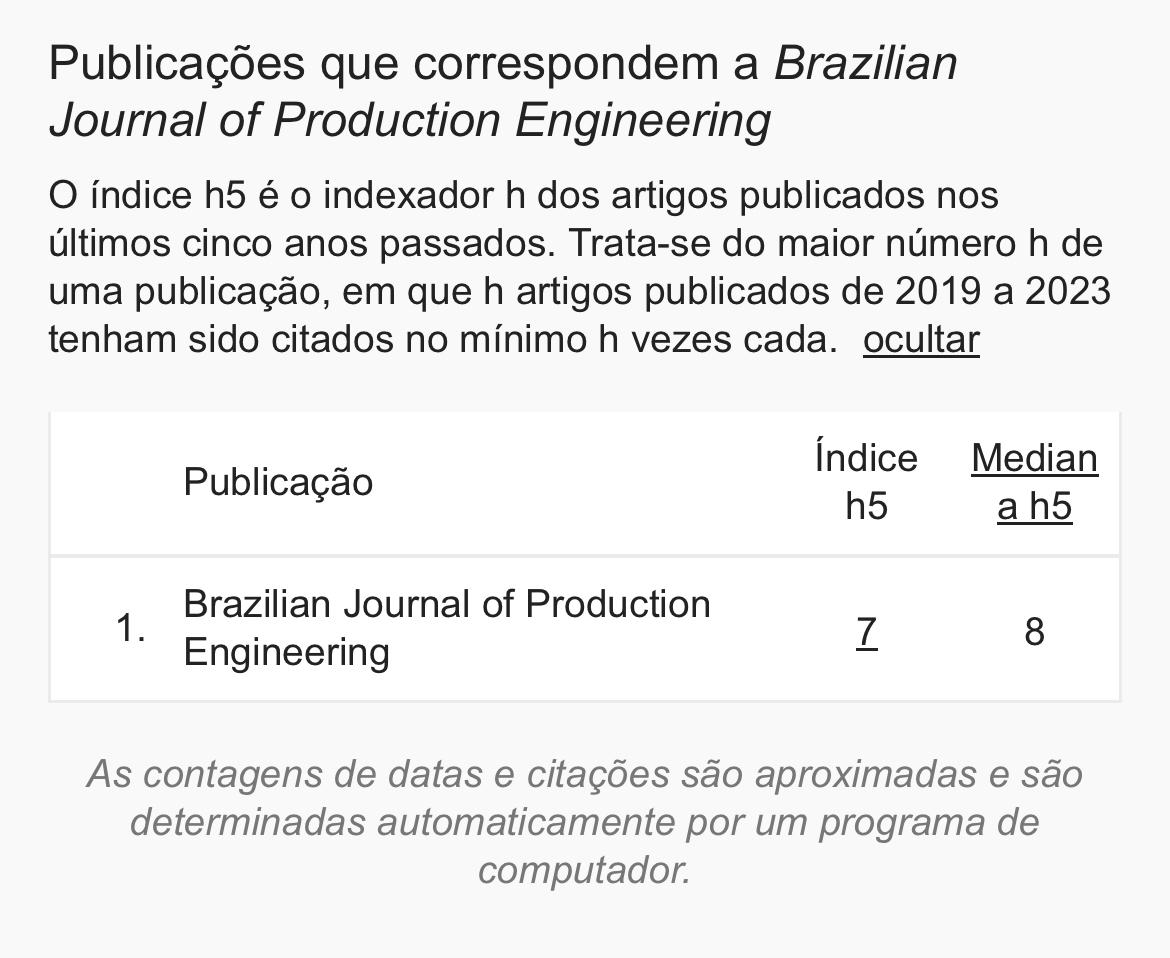Environmental practices used in buffalo milk production: an overview of studies
DOI:
https://doi.org/10.47456/bjpe.v10i2.43732Palavras-chave:
Environmental Impacts, Environmental management, Life Cycle Assessment, SustainabilityResumo
Buffalo is the main supplier of milk in several countries. Due to the growing demand for food, the production and consumption of buffalo milk, as well as its dairy derivatives, have driven the exploration of this activity worldwide. However, the environmental impacts resulting from the activity are undeniable and have driven the search for more sustainable production methods and directed efforts in this direction. The study in question carried out a survey of work related to environmental practices used in buffalo production. A preliminary survey identified 463 studies for the keywords used, of which only 8% contained an environmental approach, including the Life Cycle Assessment (LCA) methodology, key tools for assessing environmental sustainability. The identified works evaluated, in addition to GHG emissions and their association with global warming potential, other impacts, such as abiotic depletion, acidification and eutrophication of waters. The results found demonstrate the contemporary nature of the topic. However, it is worth highlighting that there have been few studies carried out so far and, therefore, it is an opportune field of study for development of research, as sustainable measures are increasingly required in the various agricultural segments.
Downloads
Referências
Alves, E. C., Soares, B. B., de Almeida, Neto, J. A., & Rodrigues, L. B., 2019. Strategies for reducing the environmental impacts of organic mozzarella cheese production. J. Clean. Prod. 223, 226-237. DOI: https://doi.org/10.1016/j.jclepro.2019.03.006
Arora, S. & Khetra, Y. (2017). Buffalo Milk Cheese. Cheese, 1093-1101. DOI: https://doi.org/10.1016/B978-0-12-417012-4.00042-9
Berlese, M., Corazzin, M., & Bovolenta, S. (2019). Environmental sustainability assessment of buffalo mozzarella cheese production chain: A scenario analysis. Journal of Cleaner Production, 238, 117922. DOI: https://doi.org/10.1016/j.jclepro.2019.117922
Bernardes, O. (2007). Buffaloes breeding in Brasil. Italian Journal of Animal Science, 6(sup2), 162-167. DOI: https://doi.org/10.4081/ijas.2007.s2.162
Bragaglio, A., Maggiolino, A., Romano, E., & De Palo, P. (2022). Role of Corn Silage in the Sustainability of Dairy Buffalo Systems and New Perspective of Allocation Criterion. Agriculture, 12(6), 828. DOI: https://doi.org/10.3390/agriculture12060828
Chirone, R., Paulillo, A., Salatino, P., Salzano, A., Cristofaro, B., Cristiano, T., & Neglia, G. (2022). Life Cycle Assessment of buffalo milk: A case study of three farms in southern Italy. Journal of Cleaner Production, 365, 132816. DOI: https://doi.org/10.1016/j.jclepro.2022.132816
FAO (2013). Greenhouse gas emissions from ruminant supply chains: A global life cycle assessment. (FAO: Rome)
FAO and GDP. 2018. Climate change and the global dairy cattle sector – The role of the dairy sector in a low-carbon future. Rome. 36 pp. https://www.globaldairyplatform.com/wp-content/uploads/2019/02/climate-change-and-the-global-dairy-cattle-sector.pdf
Garg, M., Phondba, B., Sherasia, P., & Makkar, H. (2016). Carbon footprint of milk production under smallholder dairying in Anand district of Western India: A cradle-to-farm gate life cycle assessment. Animal Production Science, 56(3), 423-436. DOI: https://doi.org/10.1071/AN15464
Herrero, M., Laca, A., Laca, A., & Díaz, M. (2020). Chapter 15: Application of life cycle assessment to food industry wastes. In Food Industry Wastes, 331-353. Academic Press. DOI: https://doi.org/10.1016/B978-0-12-817121-9.00015-2
ISO - International Organization for Standardization (2006a) ISO 14040: Environmental Management – Life Cycle Assessment – Principles and Framework. Geneva.
ISO - International Organization for Standardization (2006b) ISO 14044: Environmental Management – Life Cycle Assessment – Requirements and guidelines. Geneva
Khedkar C., Kalyankar S., Deosarkar S. (2016). Buffalo milk. Encyclopedia of Food and Health. p. 522–8. DOI: https://doi.org/10.1016/B978-0-12-384947-2.00093-3
Pantoja, L. S. G., Amante, E. R., da Cruz Rodrigues, A. M., & da Silva, L. H. M. (2022). World scenario for the valorization of byproducts of buffalo milk production chain. Journal of cleaner production, 364, 132605. DOI: https://doi.org/10.1016/j.jclepro.2022.132605
Pirlo G, Terzano G, Pacelli C, Abeni F, & Carè S. (2014b). Carbon footprint of milk produced at Italian buffalo farms. Livest Sci, 161(1), 76-184. DOI: https://doi.org/10.1016/j.livsci.2013.12.007
Pirlo, G., Carè, S., Fantin, V., Falconi, F., Buttol, P., Terzano, G. M., & Pacelli, C. (2014a). Factors affecting life cycle assessment of milk produced on 6 Mediterranean buffalo farms. Journal of Dairy Science, 97(10), 6583-6593. DOI: https://doi.org/10.3168/jds.2014-8007
Pordhiy, K. I. & Gautam. (2023). Comparative carbon footprints of buffalo milk produced at smallholder and organised farms in Hisar district of Haryana, India. The Indian Journal of Animal Sciences, 93(04), 389-394. DOI: https://doi.org/10.56093/ijans.v93i04.122556
Sabia, E., Napolitano, F., Claps, S., Braghieri, A., Piazzolla, N., & Pacelli, C. (2015). Feeding, nutrition and sustainability in dairy enterprises: the case of Mediterranean Buffaloes (Bubalus bubalis). The sustainability of agro-food and natural resource systems in the mediterranean basin, 57-64. DOI: https://doi.org/10.1007/978-3-319-16357-4_5
Sabia, E., Napolitano, F., Claps, S., De Rosa, G., Braghieri, A., Pacelli, C. (2018). Dairy buffalo life cycle assessment as affected by heifer rearing system. Journal of Cleaner Production, 192, 647-655. DOI: https://doi.org/10.1016/j.jclepro.2018.04.158
Soares, B. B., Alves, E. C., Maranduba, H. L., da Silva, F. F., de Albuquerque Fernandes, S. A., de Almeida Neto, J. A., & Rodrigues, L. B. (2019). Effect of handling and feeding strategies in the environmental performance of buffalo milk in Northeastern Brazil. The International Journal of Life Cycle Assessment, 24, 1129-1138. DOI: https://doi.org/10.1007/s11367-018-1547-4
Soares, B. B., Alves, E. C., De Almeida Neto, J. A., & Rodrigues, L. B. (2021). Environmental impact of cheese production. In: Galanakis, C. M. (Ed.), Environmental Impact of Agro-Food Industry and Food Consumption, first ed. Academic Press, pp. 169. Visentin, C., William da Silva Trentin, A., Braun, A. B., & Thomé, A. (2020). Life cycle sustainability assessment: a systematic literature review through the application perspective, indicators, and methodologies. Journal of Cleaner Production, 122509. DOI: https://doi.org/10.1016/j.jclepro.2020.122509

Downloads
Publicado
Como Citar
Edição
Seção
Licença
Copyright (c) 2024 Brazilian Journal of Production Engineering

Este trabalho está licenciado sob uma licença Creative Commons Attribution-NonCommercial-ShareAlike 4.0 International License.

Atribuição 4.0 internacional CC BY 4.0 Deed
Esta licença permite que outros remixem, adaptem e desenvolvam seu trabalho não comercialmente, contanto que eles creditem a você e licenciem suas novas criações sob os mesmos termos.
















































































